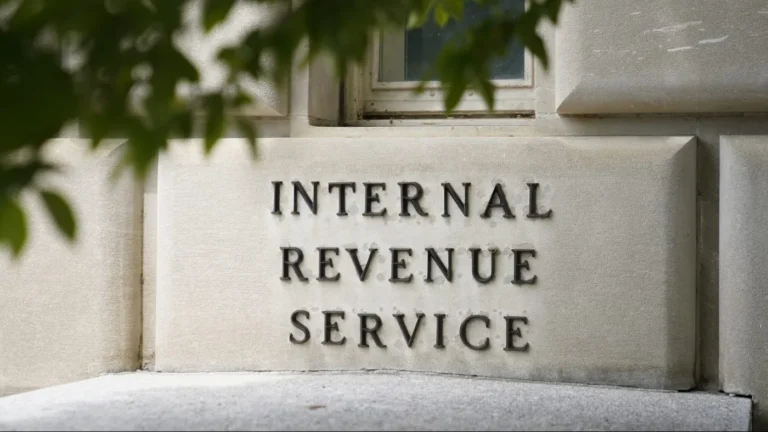The U.S. Internal Revenue Service (IRS) has released new regulations on the Corporate Alternative Minimum Tax (CAMT), a major change to how large corporations are taxed. If you’re a business owner, investor, or simply curious about global corporate taxes, this article will break it down for you in simple terms.
What Is the Corporate Alternative Minimum Tax (CAMT)?
The CAMT was introduced under the U.S. Inflation Reduction Act of 2022. It ensures that large, highly profitable corporations pay at least a 15% minimum tax on their adjusted financial statement income (AFSI). This tax applies to corporations with an average annual AFSI greater than $1 billion. While this targets large multinational companies, the effect could ripple through global markets.
Why Does This Matter?
For years, some very large corporations have legally reduced their tax bills through various strategies, such as deductions, credits, or by offsetting current profits with previous losses. In some cases, despite making billions of dollars in profit, these companies have paid little or no tax. The CAMT is designed to close this gap and ensure these companies pay a fair share, which could have broader economic implications.
How Do the New IRS Rules Affect Businesses?
The proposed regulations, released on September 12, 2024, provide important clarifications on several fronts:
- AFSI Calculation: How to determine the adjusted financial income that affects a company’s CAMT liability
- Foreign Tax Credits: How multinational companies can apply foreign tax credits to reduce their U.S. tax liability
- Consolidated Returns: How groups of companies filing tax returns together will be impacted
For large businesses, this means potentially higher tax bills, more complex tax planning, and stricter compliance requirements. Multinationals, in particular, may face new challenges in managing their global tax strategies.
Who’s Most Affected?
Though the CAMT primarily targets large corporations, certain industries are more likely to feel the effects:
- Tech & Pharmaceuticals – Companies with significant profits but also heavy research and development spending, or those offering stock-based compensation, could see significant changes.
- Manufacturing & Energy – Businesses that rely heavily on depreciation (tax breaks based on assets losing value) or past tax incentives might need to adjust their financial strategies.
- Multinational Corporations – Companies operating in multiple countries will face complex new rules around how foreign tax credits apply, adding layers to their global tax planning.
Temporary Relief: IRS Penalty Waiver
The IRS is offering some temporary relief for businesses to ease into these changes. Notice 2024-66 waives penalties for companies that fail to make required estimated CAMT payments for tax years starting after Dec. 31, 2023, and before Jan. 1, 2025. This grace period allows companies to adjust their systems before full enforcement begins.
What Comes Next?
This isn’t the final word on the matter. The rules will continue to evolve, especially as:
- Companies challenge the clarity of some regulations
- Lawmakers review the economic effects of the tax
- More guidance is issued to help businesses comply with the rules
Bottom Line
The Corporate Alternative Minimum Tax represents one of the most significant changes to corporate tax law in recent years. It aims to ensure that large companies contribute fairly to government revenue, even if they use complex strategies to reduce taxable income. While the new tax could result in higher bills for some corporations, businesses have a grace period to adjust. If you’re an investor, this shift in corporate taxation could influence stock prices, dividends, and broader market strategies.
For further details, clarification, contributions or any concerns regarding this article, please feel free to reach out to us at editorial@tax.news. We value your feedback and are committed to providing accurate and timely information. Please note that all inquiries will be handled in accordance with our privacy policy



